Wei-Ting Lai
Source Localization by Multidimensional Steered Response Power Mapping with Sparse Bayesian Learning
May 20, 2024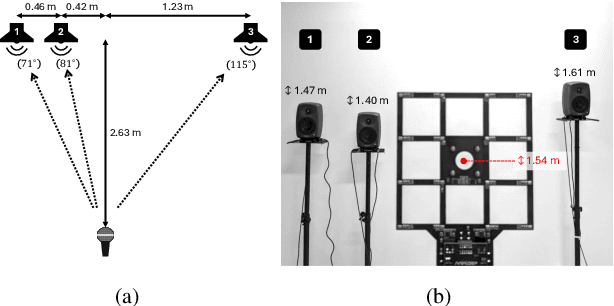
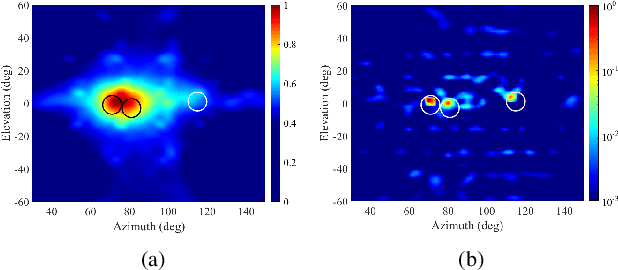
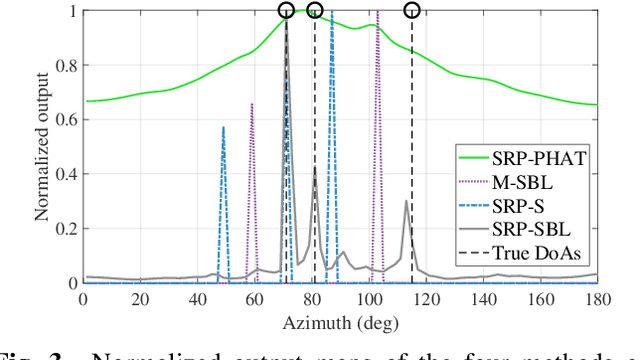
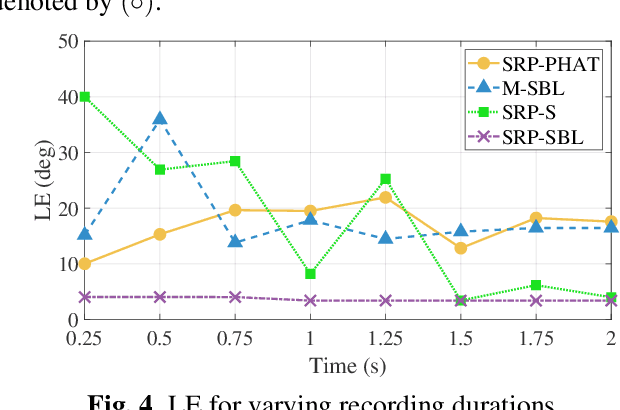
Abstract:We propose an advance Steered Response Power (SRP) method for localizing multiple sources. While conventional SRP performs well in adverse conditions, it remains to struggle in scenarios with closely neighboring sources, resulting in ambiguous SRP maps. We address this issue by applying sparsity optimization in SRP to obtain high-resolution maps. Our approach represents SRP maps as multidimensional matrices to preserve time-frequency information and further improve performance in unfavorable conditions. We use multi-dictionary Sparse Bayesian Learning to localize sources without needing prior knowledge of their quantity. We validate our method through practical experiments with a 16-channel planar microphone array and compare against three other SRP and sparsity-based methods. Our multidimensional SRP approach outperforms conventional SRP and the current state-of-the-art sparse SRP methods for localizing closely spaced sources in a reverberant room.
Monaural speech enhancement on drone via Adapter based transfer learning
May 16, 2024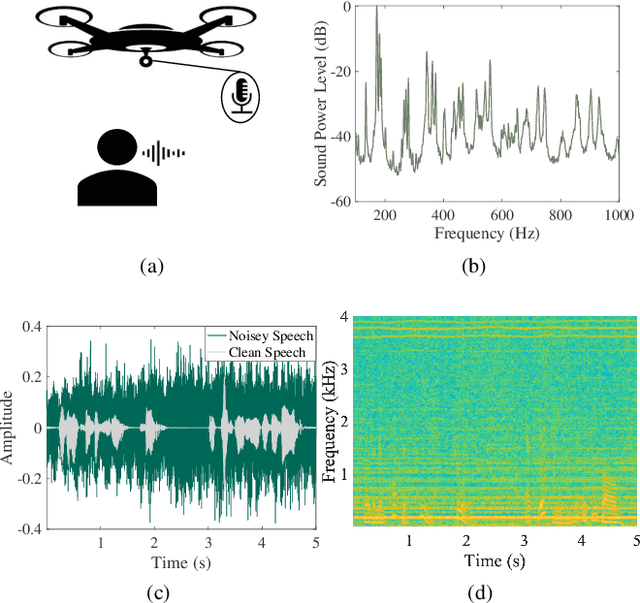
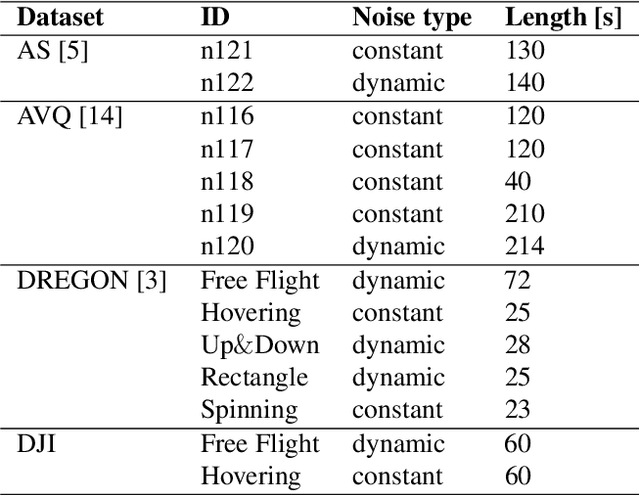
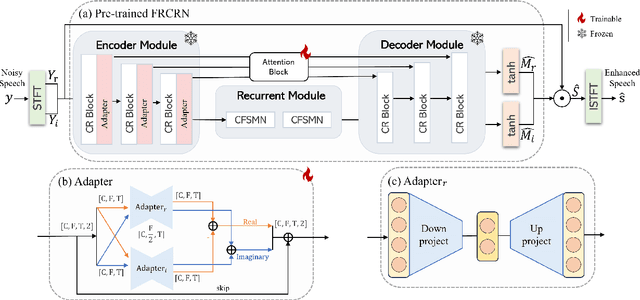
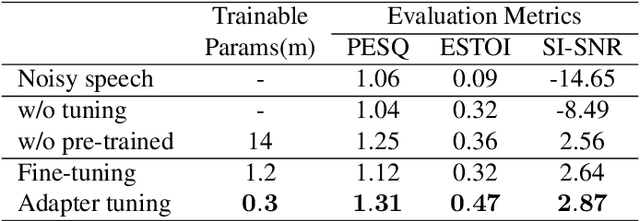
Abstract:Monaural Speech enhancement on drones is challenging because the ego-noise from the rotating motors and propellers leads to extremely low signal-to-noise ratios at onboard microphones. Although recent masking-based deep neural network methods excel in monaural speech enhancement, they struggle in the challenging drone noise scenario. Furthermore, existing drone noise datasets are limited, causing models to overfit. Considering the harmonic nature of drone noise, this paper proposes a frequency domain bottleneck adapter to enable transfer learning. Specifically, the adapter's parameters are trained on drone noise while retaining the parameters of the pre-trained Frequency Recurrent Convolutional Recurrent Network (FRCRN) fixed. Evaluation results demonstrate the proposed method can effectively enhance speech quality. Moreover, it is a more efficient alternative to fine-tuning models for various drone types, which typically requires substantial computational resources.
A Two-Step Approach for Narrowband Source Localization in Reverberant Rooms
Sep 25, 2023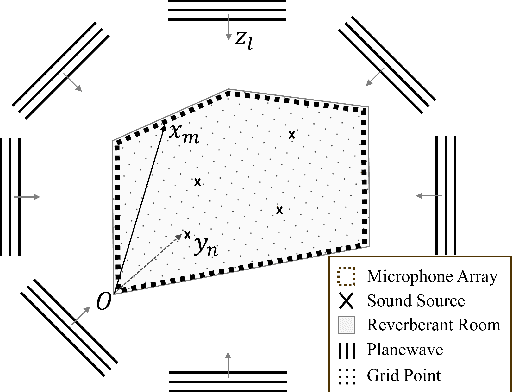
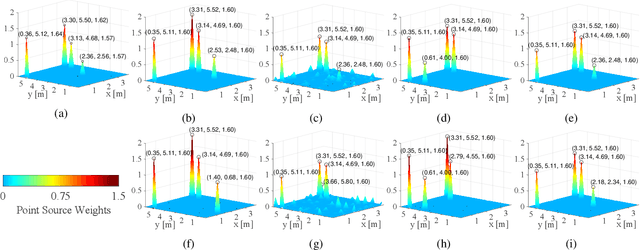
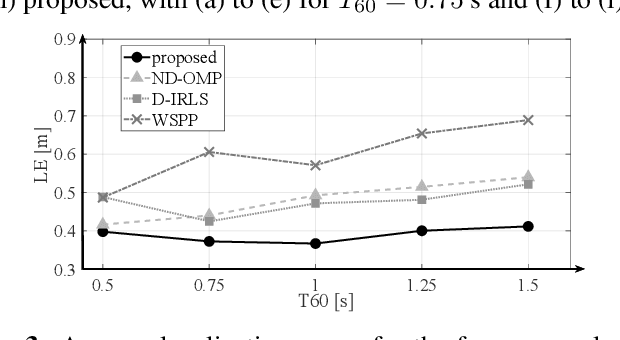
Abstract:This paper presents a two-step approach for narrowband source localization within reverberant rooms. The first step involves dereverberation by modeling the homogeneous component of the sound field by an equivalent decomposition of planewaves using Iteratively Reweighted Least Squares (IRLS), while the second step focuses on source localization by modeling the dereverberated component as a sparse representation of point-source distribution using Orthogonal Matching Pursuit (OMP). The proposed method enhances localization accuracy with fewer measurements, particularly in environments with strong reverberation. A numerical simulation in a conference room scenario, using a uniform microphone array affixed to the wall, demonstrates real-world feasibility. Notably, the proposed method and microphone placement effectively localize sound sources within the 2D-horizontal plane without requiring prior knowledge of boundary conditions and room geometry, making it versatile for application in different room types.
The Variational Bayesian Inference for Network Autoregression Models
Feb 18, 2021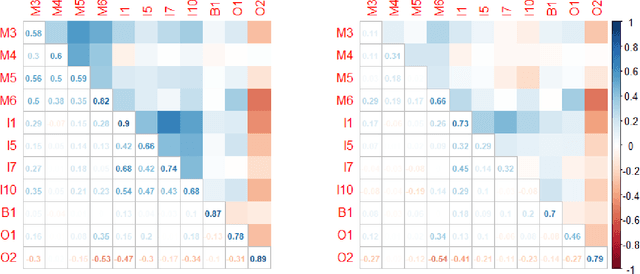

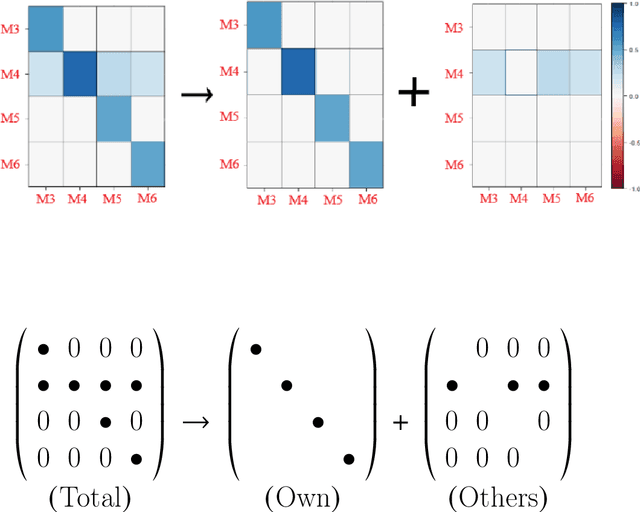
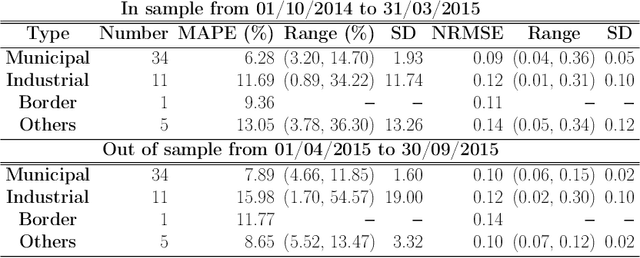
Abstract:We develop a variational Bayesian (VB) approach for estimating large-scale dynamic network models in the network autoregression framework. The VB approach allows for the automatic identification of the dynamic structure of such a model and obtains a direct approximation of the posterior density. Compared to Markov Chain Monte Carlo (MCMC) based sampling approaches, the VB approach achieves enhanced computational efficiency without sacrificing estimation accuracy. In the simulation study conducted here, the proposed VB approach detects various types of proper active structures for dynamic network models. Compared to the alternative approach, the proposed method achieves similar or better accuracy, and its computational time is halved. In a real data analysis scenario of day-ahead natural gas flow prediction in the German gas transmission network with 51 nodes between October 2013 and September 2015, the VB approach delivers promising forecasting accuracy along with clearly detected structures in terms of dynamic dependence.
 Add to Chrome
Add to Chrome Add to Firefox
Add to Firefox Add to Edge
Add to Edge